Remember our recent article, “Why, You Wascally Wabbit!“? Well, we received lots of feedback from island residents who have the same issue with marsh rabbits mauling their beautiful landscapes. So, we spoke with Leigh Gevelinger, Landscape Architect and President of Coastal Vista Design and here’s her thoughts on the topic…
As the McCallion family’s Landscape Architect, I couldn’t help but respond to Jim’s recent, “Why, You Wascally Wabbit!,” article with my thoughts on this hot-topic!
Why are marsh rabbits descending upon our manicured landscapes!??
Well, from the tip of South Seas to Lighthouse Point, marsh rabbits are underfoot. While cute, these rabbits have been the cause of much headache and expense for homeowners and landscape installers alike. While it seems that some areas on island have higher populations of marsh rabbits than others… BEWARE, “If you plant it, they will come!”
They may not come today, they may not come tomorrow, but as was the case with the McCallion’s landscape, the rabbits arrived, under the cover of darkness, just a few days after their new installation!
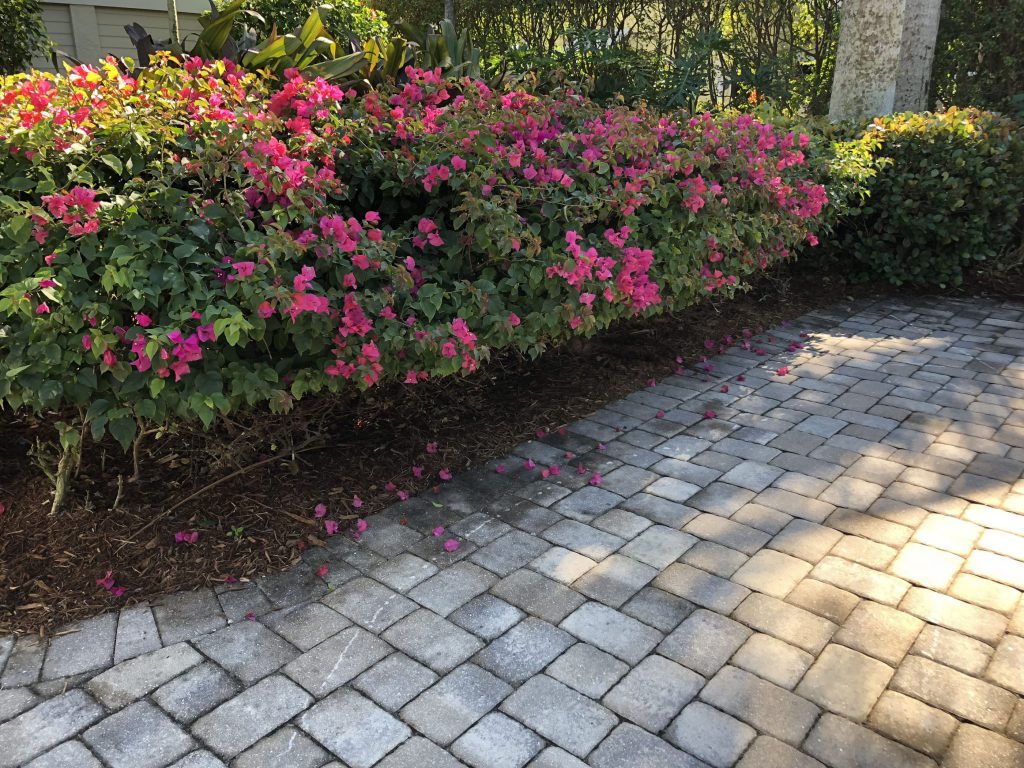
What are they after?
A variety of delicious, young, green plants that we commonly plant to beautify our yards and streetscapes. Rabbits get much of their water intake through eating new young shoots of plants. As winter is the dry season, freshwater sources dwindle, and rabbits seek out lush new shoots to satiate their hunger and thirst.
With seemingly no effective humane repellants, low populations of natural predators, and an abundance of food, they are thriving. While there is no rabbit-proof landscape there ARE some strategies to consider to encourage these pests to hop along to the next buffet.
Switch it up!
Of course most of the common landscape plants we use happen to be favorite delicacies of the marsh rabbits as well, including:
- Green Island Ficus (Ficus macrocarpa)
- Dwarf Bougainvillea (Bougainvillea ‘Helen Johnson’)
- Variegated & Green Arboricola (Schefflera arboricola var.)
- Bromeliad species, and even some types of sod!
Every day, we are seeing signs of damage on new types of plants formerly thought as unappealing to marsh rabbits! However, we do our best to select alternative plants with similar characteristics of the desired look, shape, and size, that have proven less-appetizing to the pesky rabbits.
In place of Green Island Ficus, use:
- Boxwood Beauty Carissa (Carissa macrocarpa sp.)
- Dwarf Podocarpus (Podocarpus macrophyllus ‘Pringles’)
- Xanadu (Philodendron ‘Xanadu’)
Alternative colorful plantings include:
- Variegated or Green Ginger (Alpinia zerumbet ‘Variegata’)
- Petra Croton (Codiaeum variegatum ‘Petra’)
- Orange Bird of Paradise (Streletzia reginae).
Alternative groundcovers include:
- Giant Apostle Iris (Neomarica caerulea ‘Regina’)
- Bulbine (Bulbine frutescens)
- Variegated Flax Lily (Dianella tasmanica)
- And even annual Geraniums
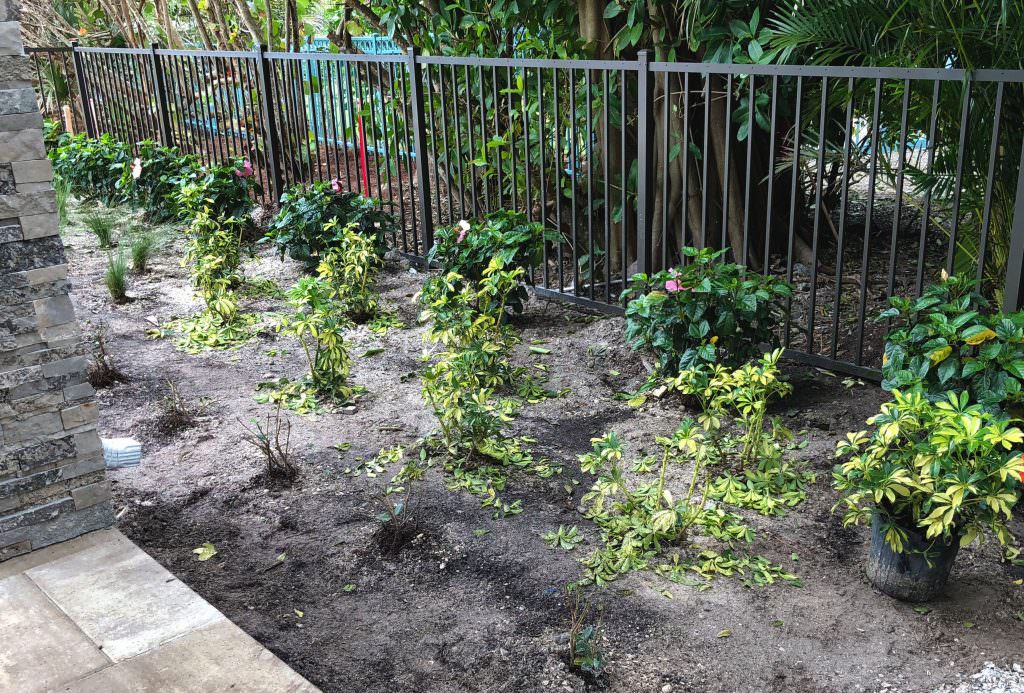
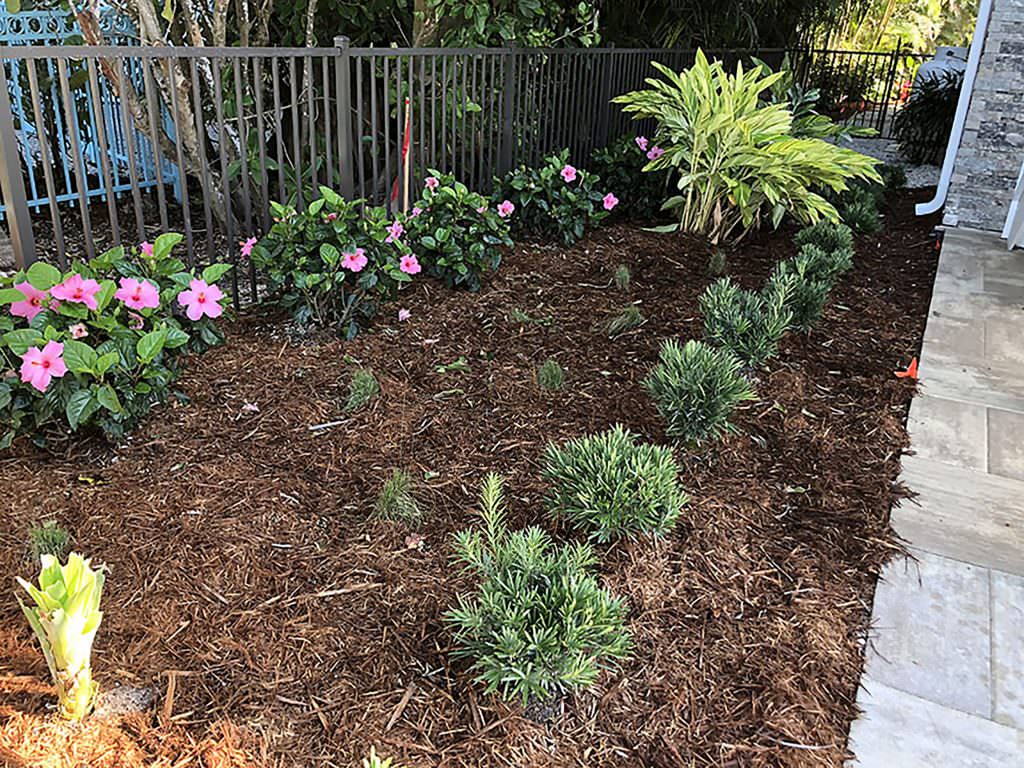
Raise the salad bar!
Consider raising the salad bar out of reach by selecting standard plant varieties, such as standard Hibiscus, Bougainvillea, and Gardenia, since the trunks are typically not appetizing to rabbits. Choose larger size plants with tougher stems that are more fibrous or woody at the base. This often deters rabbits—unless there is little else to eat.
Selecting 7 or 10-gallon plants over 3-gallon plants can be enough to raise the height of the new shoots out of rabbit’s reach to ensure the plant’s survival. Lastly, add some color and interest to your yard by planting the appetizing Gardenia shrub, Ti Cordyline, or bromeliads in tall colorful containers.
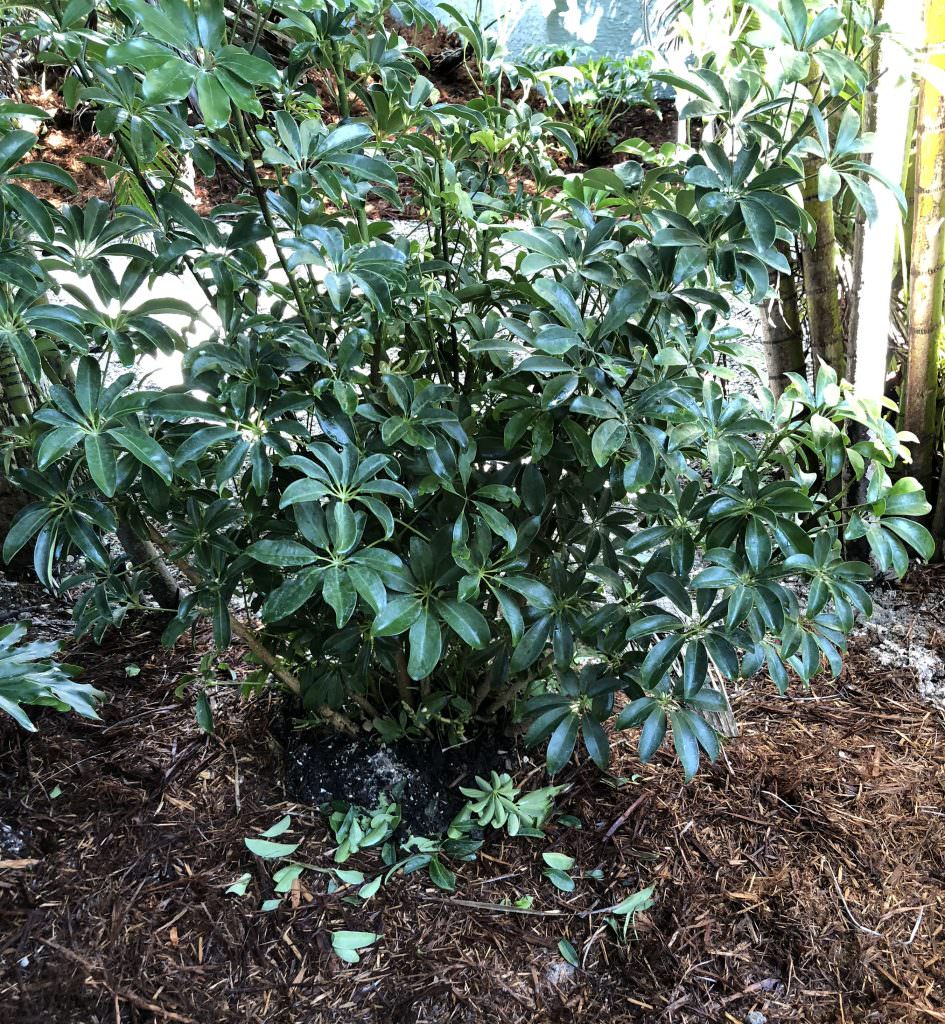
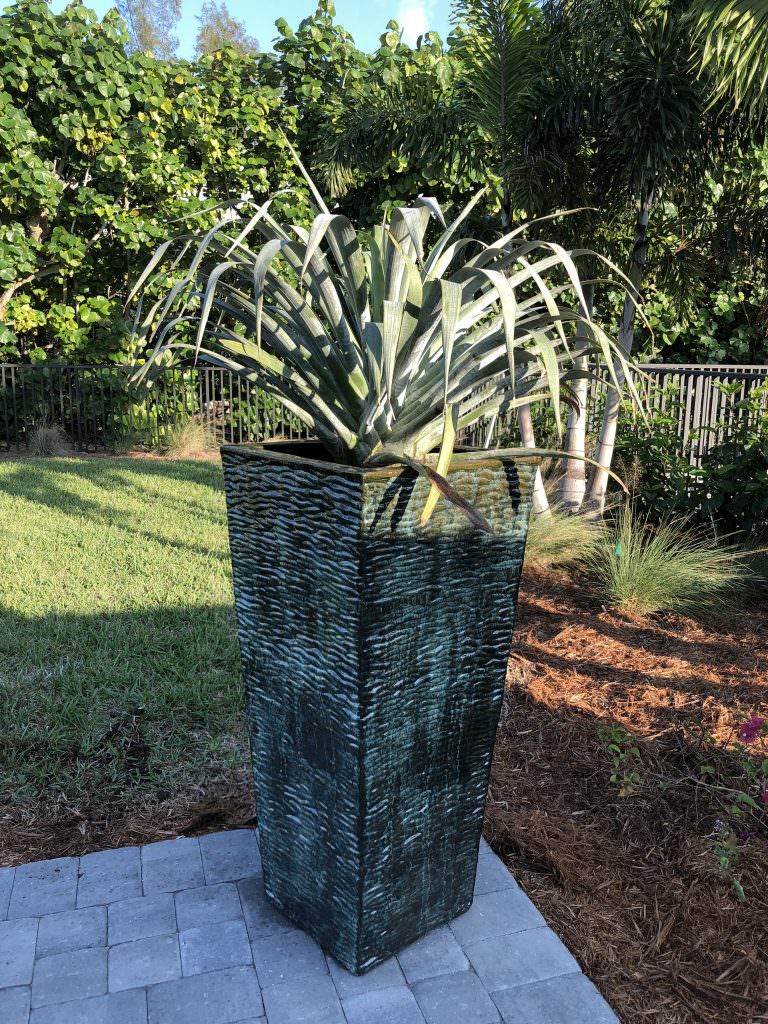
Go Native.
While not all native plants are bullet-proof, or rather bunny-proof, many natives stand a strong chance of survival over succulent exotics. Cocoplum (Chrysobalanus icaco) or Green Buttonwood (Conocarpus erectus) are great alternatives to Green Arboricola. Use Florida Coontie (Zamia pumila) in place of Green Island Ficus or Cardboard Palm (Zamia furfuracea) Yes, I’ve seen rabbits eat Cardboard plant!
Unfortunately, there are a few natives on the rabbit’s dinner menu, which they turn to as a secondary preference after first devouring their favorite exotics. Susceptible natives include: Muhly Grass (Muhlenbergia capillaris), Dune Sunflower (Helianthus debilis) and Powderpuff Mimosa (Mimosa strigillosa).
It’s a Team Effort!
Protecting your existing landscape, or future landscape upgrade is a chore. Consult your landscape maintenance contractor, or experienced professional for recommendations. Almost every local professional has had the unfortunate experience of rabbit damage, and has had to creatively adapt their planting techniques accordingly. This is an evolving situation, and we are learning new solutions every day.
About the Author: Leigh A. Gevelinger, ASLA, LEED-AP, Landscape Architect and President of Coastal Vista Design, Inc. CoastalVistaDesign@gmail.com

